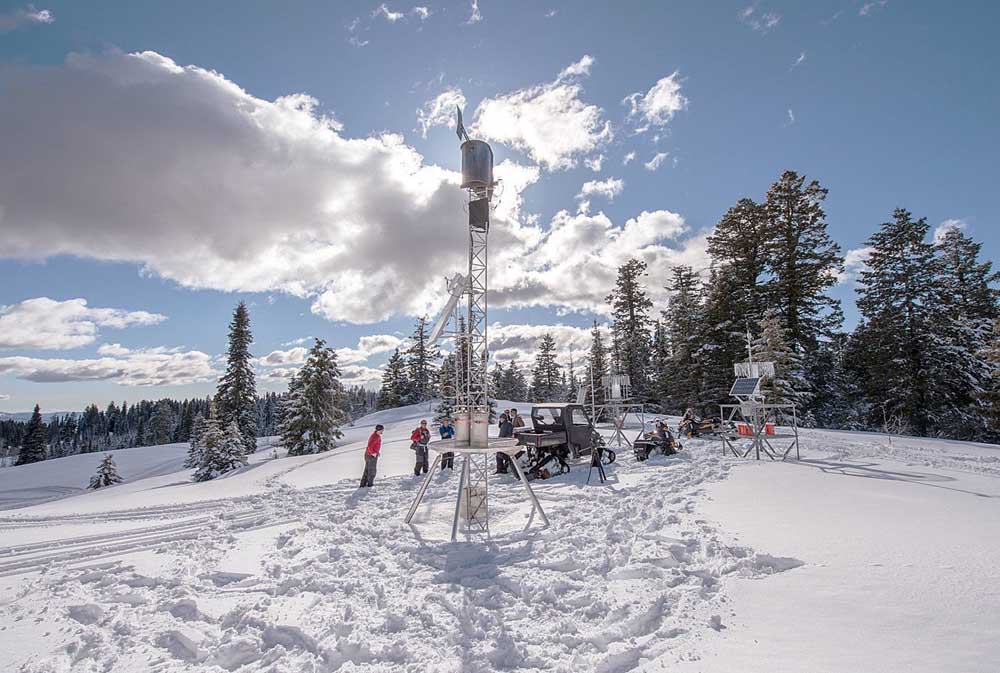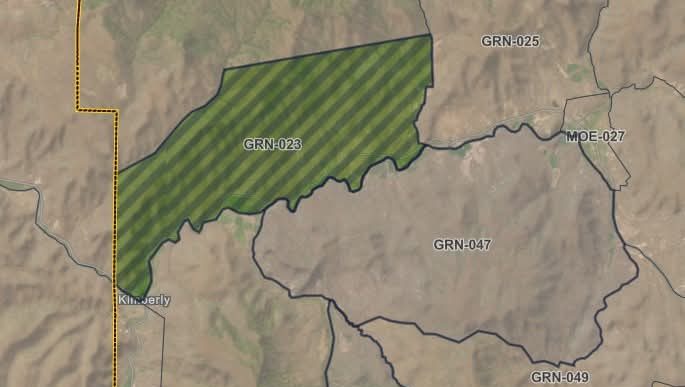Our View: Oregon should try cloud seeding
Published 7:00 am Thursday, February 23, 2023

- Idaho Power Co. and the state of Idaho spend about $4 million a year to operate 57 remote ground generators and three aircraft that produce 1.24 million acre-feet of additional river flows in four basins.
A member of the Oregon Legislature is curious. He wants to know whether seeding clouds could produce more snowpack — and river runoff — that would benefit Oregonians.
Trending
Sen. Lynn Findley, a Republican from Eastern Oregon, wants to know whether cloud seeding operations would work in his home state. They are used in several other Western states, including Idaho, which has an extensive, state-of-the-art program. In addition, more than 50 countries around the world use the technology to build up their snowpack and river flows.
It stands to reason that Oregon should take a close look at cloud seeding. Much of Oregon has been locked in drought for four years. The prospect of providing even a little relief is well worth the effort.
We already know that cloud seeding works in the Cascade Range. In the 1970s, Portland General Electric seeded clouds in hopes of producing more runoff to generate electricity. The utility found the snowpack was 10% larger but decided it wasn’t worth the effort.
Trending
Fast forward to 2023. The climate is rapidly changing, parts of Oregon are in a multiyear drought and the technology used for seeding clouds has improved in the past half-century.
Now would seem to be the perfect time to try cloud seeding again.
It should be noted that cloud seeding works only under the right circumstances. The temperature needs to be below 23 degrees, the clouds need to have plenty of supercooled water and the wind needs to be blowing toward the mountains.
The cloud seeding equipment — either on the ground or mounted on an airplane — releases silver oxide that helps the water to crystalize and fall as snow.
Idaho, which has had a successful cloud seeding program for 20 years, has boosted the snowpack in four river basins by 10% to 12%. That in turn boosted the state’s river flows by 1.24 million acre-feet. In Oregon, that would be the equivalent of three additional Detroit Lakes.
It costs Idaho $3.22 for each acre-foot of water the cloud seeding generates — a bargain by any measure.
This is not smoke and mirrors. Idaho’s experience with cloud seeding has been verified by the National Center for Atmospheric Research. In addition to generating more mountain snowpack, other new technology is in the works that could boost rainfall by 25% to 30%.
We’re not atmospheric scientists, but it has been shown that, under the right circumstances, cloud seeding works.
It would be appropriate for researchers to give this technology a close look and, if possible, put it work for the people of Oregon.
They would be foolish not to.









